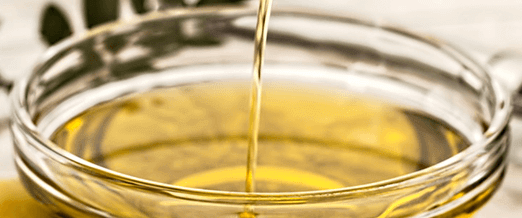How Much Oil Are You Really Extracting?

I recently conducted some research with high oilseeds at the Insta-Pro International R&D center. This is something I’ve blogged about before – as we are constantly trying to improve what we are doing (for example, see here, and scroll down to page 38).
When you’re working with any oilseed, the measure of oil extraction efficiency is important because oil is typically the most valuable component (on an equivalent volume basis). This is determined by measuring the raw seed oil content and comparing this to the residual oil content in the material at the end of the process.
However, as we were reminded during our research session with high oilseeds, there is lag time in obtaining this critical information. In order to calculate oil extraction efficiency, samples must be collected properly and sent to an analytical laboratory for testing. From sample collection to receiving the lab report, this process typically takes about one week. Therefore, in an R&D setting, there is no way to adjust your experiments – you simply must run all of the experiments, and wait for the results. If the results indicate that other experiments are needed, than even more time must be used to get the answer.
In a production setting, having the relevant data as fast as possible is even more critical. When using an outside lab, an entire week’s worth of production (or longer, if sampling and testing happens less often) may have passed before you learn that oil extraction efficiency has fallen. If this happens at a plant running many tons of oilseed per hour, you’re talking about some serious losses. For example, soy oil may have a value of about $0.32/lbs. (see here), and for each metric ton of whole soybeans, you would expect nearly 300 lbs. of crude soy oil per hour from a high-shear extrusion – oil pressing plant. Multiply this by as many metric tons per hour that you are currently doing, and if the plant is running 24 hours per day for weeks on end (and accounting for solids loss as the oil is clarified and degummed), you can see how small oil losses will add up quickly.
So, as part of continuous improvement here at Insta-Pro, we are beginning to develop a portable, rapid testing solution for our customers. This tool will allow our customers to know within minutes how they are doing in terms of extracting oil. And, as many measurements can be taken as you want – with the same machine, for no additional cost.
Contact myself (or phone, 515-419-2231) to learn more and discuss how this can help your operation.



